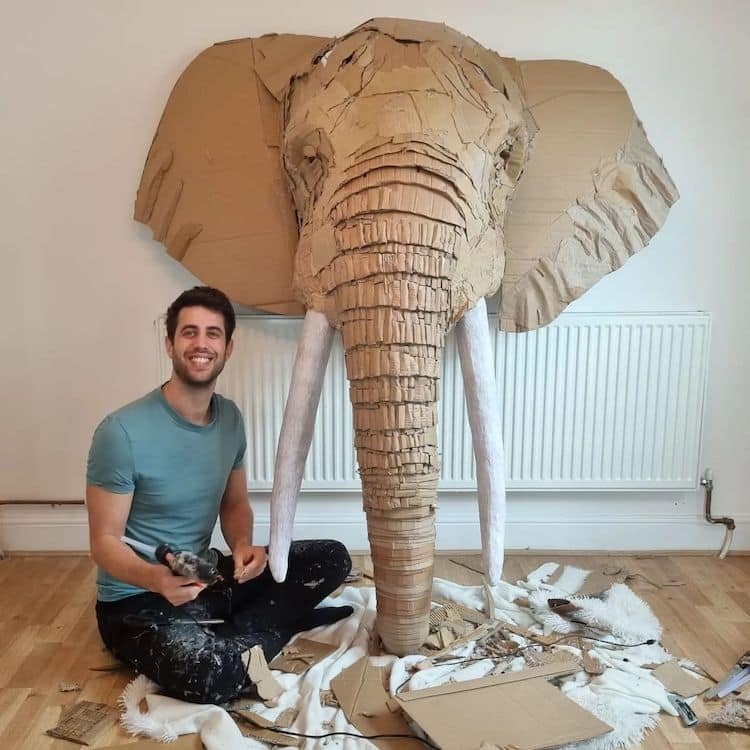Community, Leadership, Experimentation, Diversity, & Education
Pittsburgh Arts, Regional Theatre, New Work, Producing, Copyright, Labor Unions,
New Products, Coping Skills, J-O-Bs...
Theatre industry news, University & School of Drama Announcements, plus occasional course support for
Carnegie Mellon School of Drama Faculty, Staff, Students, and Alumni.
CMU School of Drama
Wednesday, February 08, 2023
Realistic Animal Sculptures Are Made From Upcycled Cardboard
mymodernmet.com: When we think about famous sculptures, marble and bronze are the types of materials that come to mind. Josh Gluckstein, however, embraces a more commonly found medium for his creative practice. The London-based artist crafts realistic animal sculptures by upcycling cardboard into different silhouettes.
Subscribe to:
Post Comments (Atom)

2 comments:
This is so amazing and such a good way to turn some of the things that we consider as waste or trash into artworks. I have always been interested in creating different kinds of craft work with different kinds of material. This article inspired me to use material that I might think as trash but can be turned into very meaningful work and pieces that we can use. It also made me think about how I should be able to work with limited materials when designing and creating work. For individual work, this might be easier but when it comes to a group working on design, such as theater, it can be challenging and difficult if I have struggles working with limited material since they will be distributed among everyone. This article is really important and meaningful in how it inspires and let me reflect on how I create work and what I can use.
That elephant head is made from cardboard?? The realism Josh Gluckstein is able to achieve with the medium of cardboard is incredibly impressive - and very interesting that he picked it up during the pandemic. His variety of techniques to give the cardboard texture and tone are really impressive - and are a result of experimentation and creative risk taking. I do also really appreciate the zero-waste aspect of Gluckstein’s art, and that he is conscious of the material he uses and the production of it. I would love to see a timelapse of him creating his work, I’m sure each piece takes a significant amount of time to prep the materials, adhere them and finish them to create the desired look. I’m going to take a look at the social media page linked in this article after this - I’m really curious to see what other animals he has created using this medium, and how his art has evolved over time.
Post a Comment